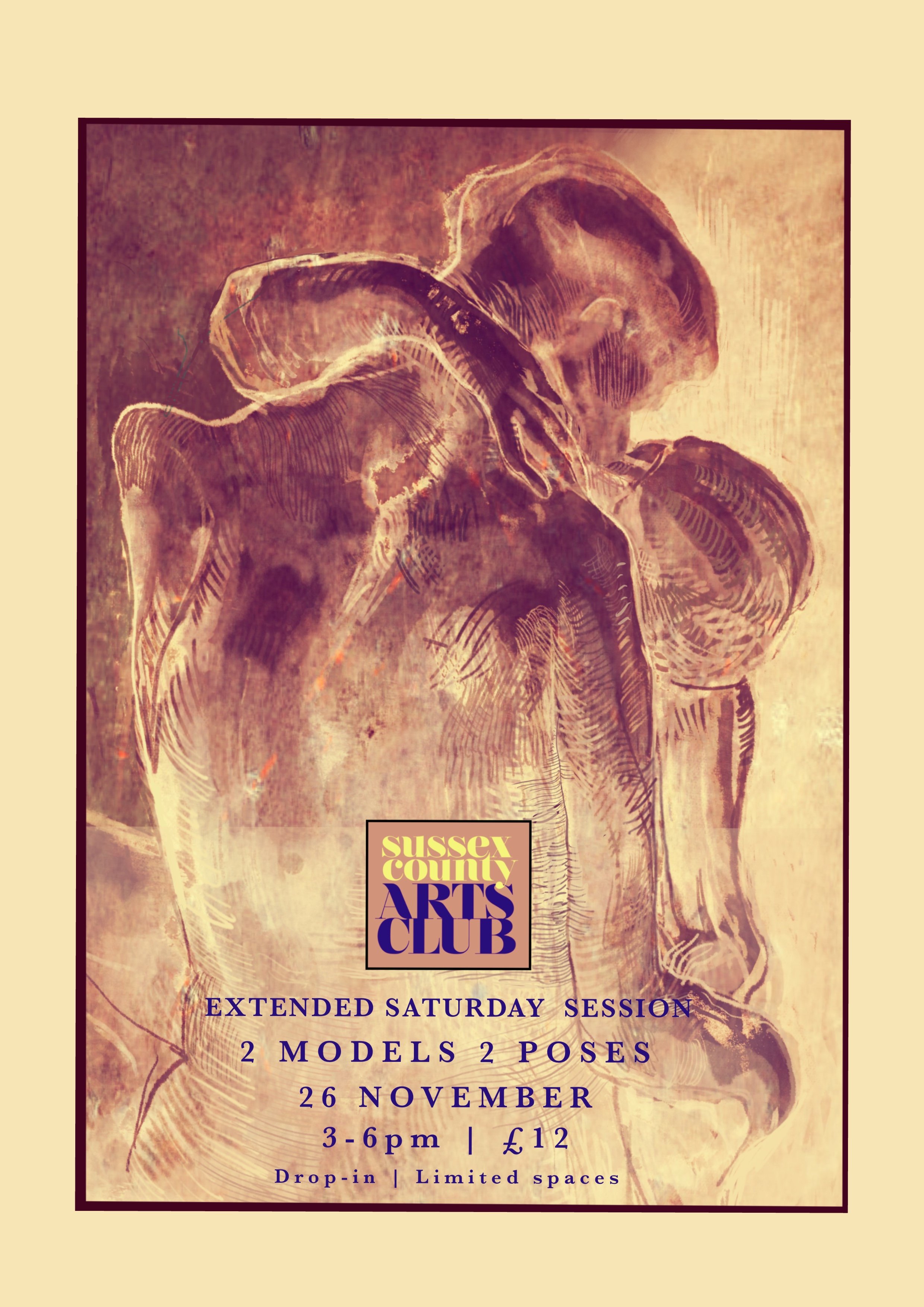We’ve been lucky this year for exhibitions of Frank Auerbach’s drawings, prints and paintings. There was an excellent show at Newlands House Gallery in Petworth ‘Frank Auerbach: Unseen’ that explored the evolution of his practice with a collection of over 65 works.
There are some crackers, including a new self-portrait painting from last year in the current exhibition at Gagosian in Mayfair ‘Friends and Relations’ running to 28 Jan 23.
Still on, just, is the superb show ‘The Sitters’ at Piano Nobile in Portland Road, Holland Park W11 until 16 December.
For a minute I had entertained the notion of not going to see this one. I’ve been looking at Auerbach for 40 years, travelling from the north to London to see exhibitions many times. Perhaps I felt I knew his work? Did I really need to see more? In addition to that Holland Park’s off my beaten track when I’m in London. However, I knew that was ridiculous and of course I went. I’d walk a long way just to see one Auerbach.
This exhibition, and I had it all completely to myself, reminded me, and I need reminding often that although painting can be a pain to produce, it is difficult, maybe not even enjoyable, certainly not relaxing, it reminded me that paint has the ability, sometimes of transcending it’s basic state of matter and can excite and engage on a profound level.
I hadn’t seen many of these works as they were from private collections so that added to the experience and this show includes several incredible self-portrait drawings.
One of the paintings in this show, illustrated below used to belong to David Bowie. In 1998 Bowie told the New York Times, "My God, yeah - I want to sound like that looks," in response to the work of Auerbach.
‘Somebody I like very much indeed is Frank Auerbach. I think there are some mornings that if we hit each other a certain way - myself and a portrait by Auerbach - the work can magnify the kind of depression I'm going through. It will give spiritual weight to my angst. Some mornings I'll look at it and go, "Oh, God, yeah! I know!" But that same painting, on a different day, can produce in me an incredible feeling of the triumph of trying to express myself as an artist. I can look at it and say, "My God, yeah! I want to sound like that looks." I find his kind of bas-relief way of painting extraordinary. Sometimes I'm not really sure if I'm dealing with sculpture or painting. Plus, I've always been a huge David Bomberg fan. I love that particular school…’ (David Bowie, Interview with Michael Kimmelman, The New York Times, 14th June 1998).
I love the idea of Bowie, enjoying his first coffee of the day, standing bleary-eyed in his dressing gown, on whatever floor of his high-rise apartment in Manhattan, looking at and contemplating his Auerbach. Those oozy blobs of colour, the squiggles and deep crevices of paint almost about to slide off the surface are the triumphant result of so many things. The image appears suddenly as a beautiful chaos that makes sense, every element playing its part in support of the whole.


























